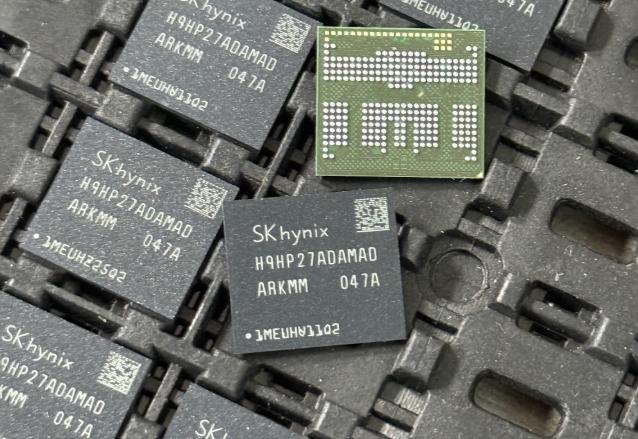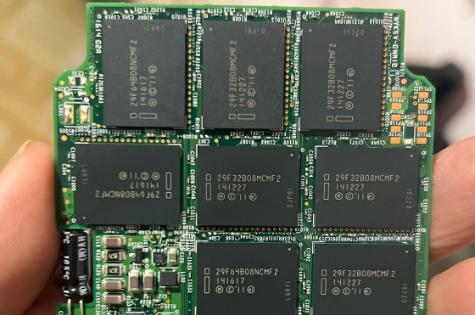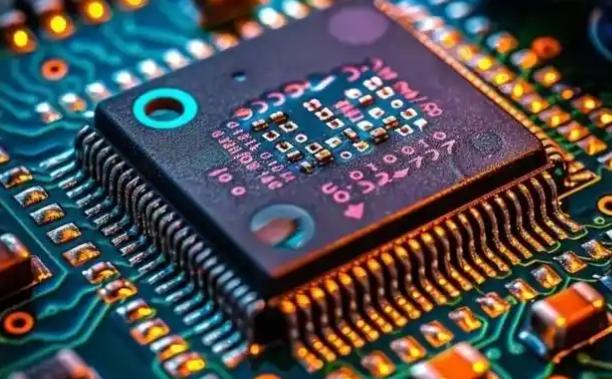Hello! now About Us
Analysis of the Current Market Demand Status and Development Trends of RFID Accessory BIS00YF
7/30/2025 3:05:31 AM
In the context of the rapid penetration of Internet of Things (IoT) technology and the digital transformation of industries, Radio Frequency Identification (RFID) technology has emerged as a core infrastructure at the intelligent perception layer. As a key accessory in RFID systems, BIS00YF, with its characteristics of high frequency, low power consumption, and high stability, has demonstrated strong market demand across logistics, retail, manufacturing, healthcare, and other sectors. This article provides an in-depth analysis of the current market demand status of BIS00YF from the perspectives of market size, application scenarios, competitive landscape, and technological trends.
I. Market Size: A Trillion-Dollar Track Experiencing Explosive Growth
The RFID accessory market is witnessing explosive growth. According to forecasts by China Research and Intelligence (CRI), global RFID tag shipments are expected to exceed 54 billion units by 2025, with ultra-high frequency (UHF) RFID tags accounting for over 70% of the total, representing a market size of tens of billions of US dollars. China, as the world's largest RFID application market, is projected to see its RFID market size surpass RMB 50 billion by 2025, with a compound annual growth rate (CAGR) exceeding 30%. BIS00YF, as a representative accessory in the high-frequency band (e.g., 915 MHz), is highly correlated with the UHF RFID market and is benefiting from the large-scale deployment of scenarios such as logistics automation and retail unmanned operations, with its market size expanding exponentially.
Take the logistics industry as an example. JD Logistics has deployed an RFID system compatible with BIS00YF to achieve full-process automated identification, resulting in a 30% improvement in inventory accuracy and a 40% increase in operational efficiency. Such benchmark cases have driven a surge in demand for RFID in the logistics sector, with the market size in this area expected to exceed RMB 40 billion by 2025, accounting for more than 50% of the overall market. The retail industry has also shown remarkable performance. Alibaba's "Hema Fresh" has adopted BIS00YF technology to enable self-checkout for commodities, increasing checkout efficiency by 80% and driving the retail RFID market size to exceed RMB 25 billion by 2025.
II. Application Scenarios: From Single Identification to Full-Link Intelligence
The market demand for BIS00YF is extending from traditional inventory management to the intelligence of the entire industrial chain, forming four core application scenarios:
Logistics and Supply Chain Management: BIS00YF supports the simultaneous reading of multiple tags with a reading distance of over 10 meters, covering the entire process of warehousing, transportation, and delivery. Sany Heavy Industry has achieved full lifecycle management of equipment using BIS00YF technology, improving equipment utilization by 20%. Haier's COSMOOPlat platform has optimized production processes with this technology, increasing production efficiency by 15%.
Retail and New Consumption: Unmanned retail and smart shelves rely on BIS00YF for dynamic commodity tracking. Yonghui Superstores has introduced BIS00YF-enabled smart shelves, resulting in a 30% increase in inventory turnover and a 25% reduction in loss rates. Additionally, demand for this technology in luxury anti-counterfeiting and pharmaceutical traceability is also growing rapidly.
Industrial Internet: In the field of smart manufacturing, BIS00YF integrates with 5G and edge computing to support real-time reading of millions of tags. An automobile factory has deployed a BIS00YF system to enable automated monitoring of the production line, reducing fault response time to within 30 seconds.
Healthcare: BIS00YF is used for patient identification, pharmaceutical cold chain tracking, and other scenarios. A top-tier tertiary hospital has adopted its electronic medical record system, reducing medical accident rates by 50%. A pharmaceutical company has achieved full-chain traceability of drugs using this technology, decreasing loss rates by 30%.
III. Competitive Landscape: Coexistence of Giant-Led Ecosystems and Niche Specialization
The BIS00YF market exhibits a competitive landscape where "leading enterprises build closed-loop ecosystems while small and medium-sized enterprises focus on niche areas":
Leading Enterprises: Comprehensive players such as Huawei, Alibaba Cloud, and Hikvision dominate the market through a "hardware + platform + data" model. For example, Huawei's HarmonyOS connects over 900 million devices, with its BIS00YF-compatible modules becoming a core component in industrial internet scenarios. Alibaba Cloud's IoT platform connects over 1 billion devices, with its market share in Platform-as-a-Service (PaaS) increasing from 28% in 2025 to 40% by 2030.
Small and Medium-Sized Enterprises: Companies such as Invengo and Chicory focus on technological depth to create differentiated advantages. Invengo holds a 75% market share in UHF RFID chips, with its BIS00YF-compatible chips reaching international advanced performance levels. Chicory covers over 500 hospitals nationwide in the medical RFID field, leading the market in pharmaceutical traceability systems.
IV. Technological Trends: Convergence and Innovation Drive Demand Upgrades
The market demand for BIS00YF is deeply integrating with emerging technologies, giving rise to three major trends:
Integration of UHF and AIoT: By 2025, the market size of the integration of AIoT and RFID is expected to exceed RMB 20 billion, with a CAGR of 35%. The combination of BIS00YF and AI algorithms enables intelligent inventory forecasting, dynamic pricing, and other functions, driving the transformation of retail scenarios from "people finding goods" to "goods finding people."
Accelerated Localization and Substitution: The market share of domestically produced UHF RFID chips has increased from 50% in 2020 to 75% by 2025. HiSilicon's Boudica 250 chip reduces power consumption by 30%, while UNISOC's 5G NB-IoT chip leads global shipments. The localization process of BIS00YF reduces supply chain risks and promotes its application in smart cities, agriculture, and other fields.
Enhanced Standardization and Security: The state has introduced multiple RFID technical standards to promote industry standardization. BIS00YF integrates blockchain technology to ensure the immutability of supply chain data, meeting the high-security requirements of healthcare, food, and other scenarios.
V. Future Outlook: From Incremental Markets to Ecosystem Competition
As 5G-Advanced technology extends the transmission distance of passive IoT to over 200 meters and edge intelligent terminals achieve a connection density of one million units per square kilometer, the market demand for BIS00YF will further expand into emerging fields such as smart cities, smart homes, and smart agriculture. For example, in smart agriculture, BIS00YF can be used for livestock traceability and crop growth monitoring, contributing to carbon neutrality goals.
Enterprises need to seize the opportunities presented by technological convergence and market fragmentation by adopting the following strategies:
Leading Enterprises: Strengthen ecosystem construction. For instance, Tencent Cloud's City IoT OS covers 150 cities, while Hikvision's video IoT solutions hold a market share exceeding 60%. These companies consolidate their market positions through scenario definition capabilities.
Small and Medium-Sized Enterprises: Focus on niche areas. For example, one company specializes in RFID laundry tags, serving over 2,000 hotels worldwide and forming differentiated barriers.
Conclusion: As a key accessory in RFID technology, BIS00YF is undergoing a transformation from market expansion to value deepening in terms of demand. Driven by scenarios such as logistics automation, retail unmanned operations, and manufacturing intelligence, BIS00YF will serve as a cornerstone for building an intelligent society with interconnected things. Enterprises must anchor their strategies in technological innovation and follow the path of ecosystem collaboration to gain a competitive edge in the trillion-dollar market.
Fudong Communication (Shenzhen) Group Co., Ltd., established in 2004, is a specialized global first tier semiconductor agent/distributor.
Fudong Mall is an online e-commerce platform belonging to Fudong Communication (Shenzhen) Group Co., Ltd. Fudong collaborates with global electronic component distributors and Chinese spot inventory suppliers.









